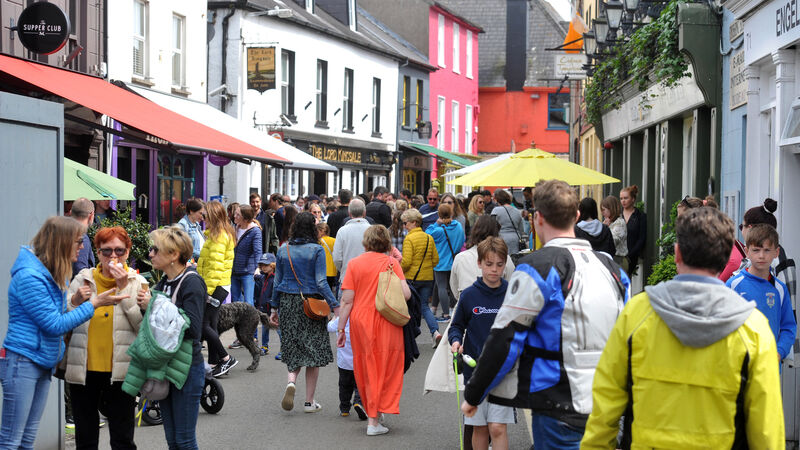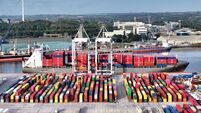Why Ireland faces the risk of running out of workers

The employment rate for people aged between 15 and 64 rose to 72.8% in the first quarter of this year, up from 65.6% during the same period last year.
Ireland is facing the risk of running out of workers across most parts of the economy and staff shortages will likely worsen in the coming years, leading economists have warned.
The assessment comes after new CSO figures showed the number of people in employment, at 2.5 million, has reached record levels and has pushed "well beyond" the levels before the onset of the Covid-19 crisis.
Unemployment has also fallen back to 4.8% to be near the rate before the pandemic, and the total available labour force has climbed to over 2.6 million people.
The figures from the official Labour Force Survey are for the first three months of the year and suggest a large increase in the number of women working in the labour force, with the so-called female participation rate having risen sharply.
The opportunities for women to work from home during the pandemic, but a full explanation remains unclear at this stage.
Staff shortages have been acute across most countries as the global economy bounded out of the Covid-19 crisis, but Ireland may face more pressures should the strong employment growth continue, economists say.
Many more workers will be required to build more homes and to meet the requirement for labour entailed by government investment plans to retro-fit housing stock for climate change. All the time, the demand for staff from the high tech multinationals remains strong.
Economists say that the employment numbers are back above pre-pandemic levels and point to further staff shortages, with much fewer migrant workers coming into the country.
Shortages may in time lead to wages taking off strongly in a few years, although demand may slow rapidly should inflation sparked by the Ukraine war lead to a slowdown in economic growth here or recession in Britain.
The number in employment at 2.5 million in the first quarter has climbed from 2 million people in 2016, CSO statisticians said.
Conal MacCoille, chief economist at Davy, said that the growth in employment will likely slow, but that labour shortages across construction and technology sectors would likely persist.
Female participation has increased, possibly because of the flexibility of home working, but it was difficult to say for sure based the latest figures, Mr MacCoille said.
"Overall the labour market is performing exceptionally well," he said.
Goodbody economists Dermot O'Leary and Shaun McDonnell said the labour market here is "one of the strongest in the developed world".
"Nothing testifies to the strength of the Irish labour market recovery more than the upward shot in total hours worked to 4% above its 2019 levels, which is stand-out in an international context, as other developed economies including the US and the UK have experienced a post-pandemic drag in the same metric," the economists said in a research note.
Austin Hughes, chief economist at KBC Bank, said there was "a clear split in terms of the speed of jobs growth".
"Rapid jobs gains in areas such as technology and industry largely reflect the robust and resilient nature of the multinational sector while areas such as health where demand has increased markedly of late, have seen jobs growth-driven to a significant extent by shortcomings exposed by the pandemic," he said.











